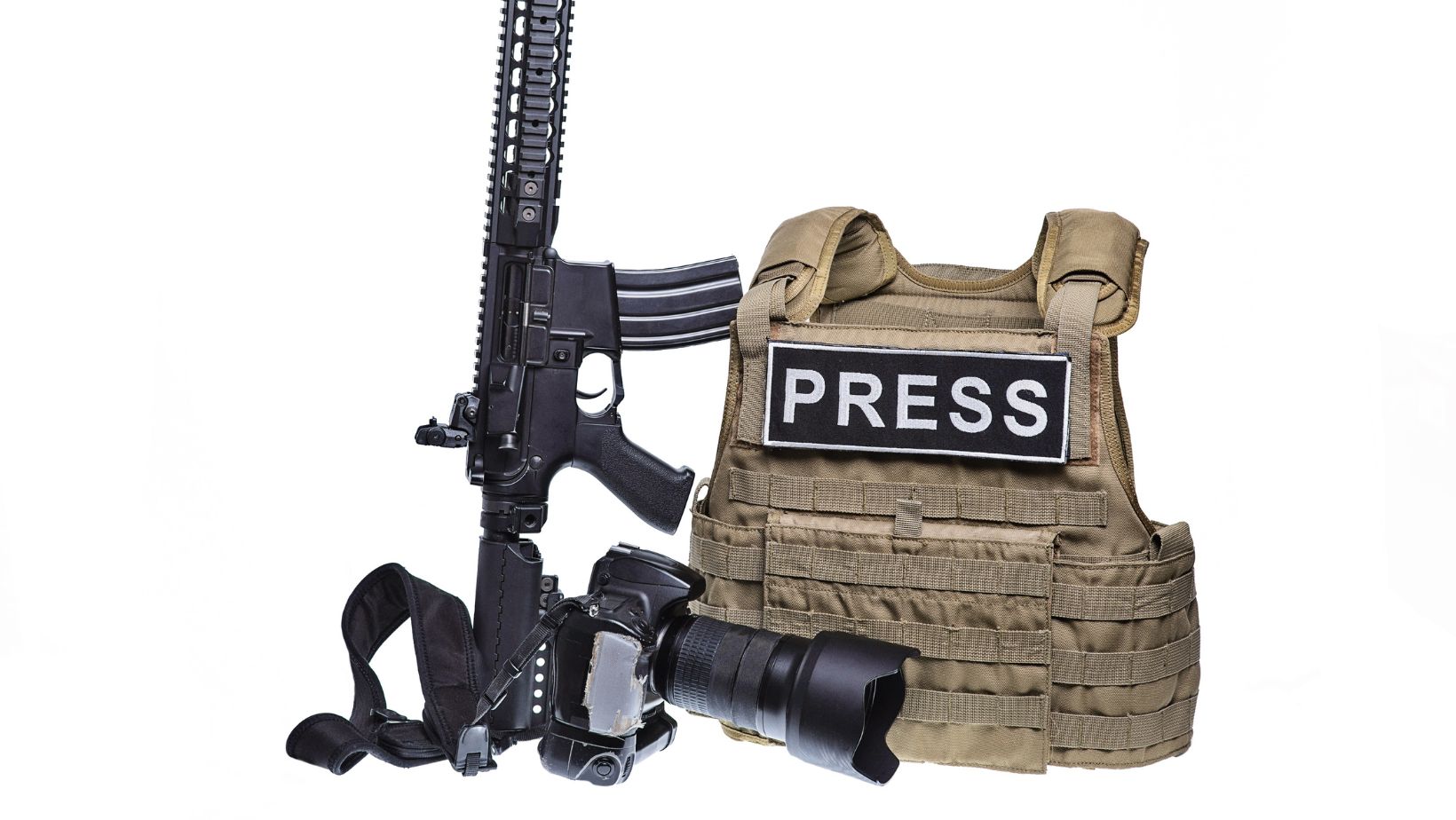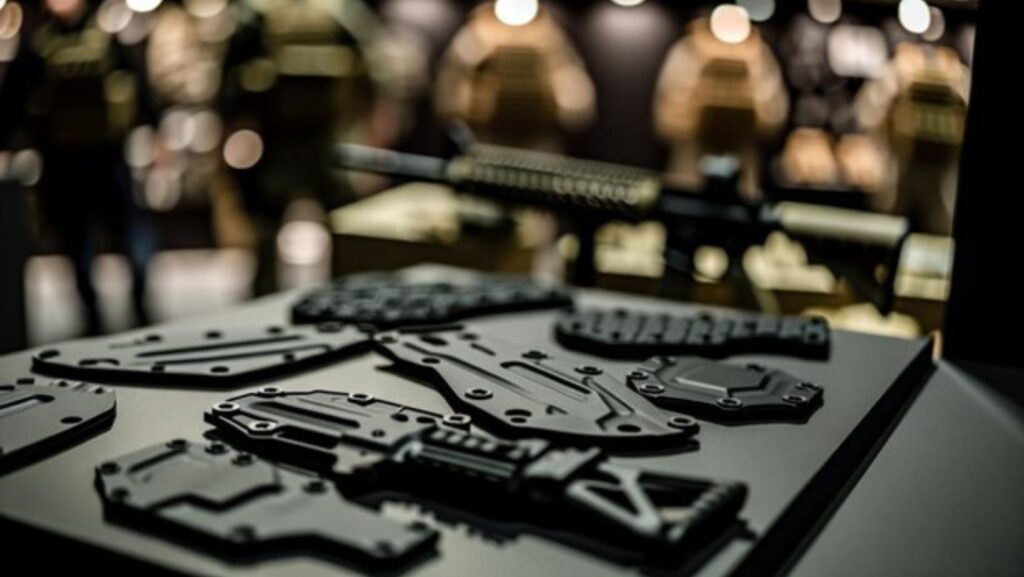When it comes to personal protection, the phrase “you get what you pay for” rings especially true with rifle plates. You need to weigh several factors like material, threat level, weight, and fit to ensure you’re making an informed decision. Ceramic plates can crack under stress, while polyethylene ones might not stop armor-piercing rounds. Steel plates, although durable, add significant weight. Understanding how these elements interact can make the difference between life and death. So, how do you strike the right balance between adequate protection and mobility?
Types of Rifle Plates
When selecting rifle plates, it’s crucial to understand the different materials available, such as ceramic, polyethylene, and steel, each offering unique benefits and drawbacks. However, beyond the material, the design of the rifle plate is equally important. A curved design is particularly beneficial for comfort and fit. Flat plates may provide protection, but they can be uncomfortable and restrict movement. Curved plates conform better to the human torso, distributing weight more evenly and reducing fatigue during extended wear.
Equally important is the compatibility of these plates with plate carriers. Not all plate carriers are designed to accommodate every type of plate. Ensuring your plate carrier fits the specific design and dimensions of your chosen plates is essential for both comfort and effectiveness. A mismatched plate and carrier can lead to improper coverage and reduced mobility, compromising your safety.
Moreover, consider the weight and thickness of the plates in relation to your plate carrier. Heavier plates can strain the carrier’s durability, while thicker plates may not fit securely. Therefore, always verify that your plate carrier can properly support and secure the rifle plates. This careful selection ensures optimal protection and performance in the field.
Material Considerations
Choosing the right material for your rifle plates significantly impacts your overall protection, mobility, and endurance in the field. When evaluating materials, you should consider material durability and cost analysis as key factors.

Ceramic plates offer excellent ballistic protection, absorbing and dispersing the energy from high-velocity rounds. However, they’re prone to cracking upon impact, reducing their material durability over time.
On the other hand, polyethylene plates are lightweight and provide good protection without the risk of cracking, but they may be less effective against armor-piercing rounds.
Steel plates are known for their exceptional material durability, which makes them capable of withstanding multiple hits without significant degradation. They are, however, considerably heavier, which can impede mobility and increase fatigue over extended periods. Additionally, steel plates often require anti-spall coatings to prevent fragmentation upon impact.
Cost analysis is another crucial consideration. Ceramic plates generally come at a higher price point due to advanced manufacturing processes.
Polyethylene plates, while more affordable, may not offer the same level of protection against varied threats. Steel plates are typically the most cost-effective option but come with trade-offs in weight and potential spalling issues.
Understanding Threat Levels
Understanding threat levels is paramount to selecting armor that will provide adequate protection against the specific dangers you may encounter. To begin, you need to conduct a comprehensive threat assessment. This involves evaluating the types of firearms and ammunition you’ll likely face. Once you’ve identified these threats, you can then align them with the appropriate ballistic ratings.
Ballistic ratings are standardized classifications that indicate the level of protection an armor provides. The National Institute of Justice (NIJ) has established various levels, ranging from Level IIA to Level IV. For instance, Level IIA armor is designed to stop 9mm and .40 S&W rounds, while Level IIIA can handle .357 SIG and .44 Magnum rounds.
For higher threats, such as rifle fire, Level III and Level IV plates are essential. Level III plates can stop 7.62mm FMJ rounds, whereas Level IV plates are rated to stop armor-piercing rounds.
Balancing Weight and Protection
Once you’ve matched the appropriate ballistic rating to your threat level, the next consideration is balancing the weight of the armor with the level of protection it offers.
Heavier rifle plates typically provide higher levels of protection but can significantly impact your mobility. When selecting armor, you need to consider how the added weight will affect your ability to move quickly and efficiently in various operational scenarios.
Mobility impact is a critical factor. If the armor is too heavy, it can slow you down and make it difficult to maneuver, especially in dynamic environments. This can be particularly detrimental during high-stress situations where speed and agility are essential for survival.
Fatigue management is another crucial aspect to consider. Wearing heavy armor for extended periods can lead to increased physical strain and quicker onset of fatigue. This not only compromises your endurance but also affects cognitive function, decision-making, and overall performance.

To mitigate these issues, look for armor solutions that offer a balance between sufficient protection and manageable weight.
Ultimately, the goal is to choose armor that provides adequate protection while minimizing the negative effects on your mobility and fatigue levels. This balance ensures that you stay protected without compromising your operational effectiveness.
Ensuring Proper Fit
Ensuring your armor fits properly is crucial for maximizing both protection and comfort. To get the right fit, start by consulting sizing charts provided by the manufacturer. These charts will guide you in selecting the appropriate plate size based on your height, weight, and torso measurements. Accurate measurements are vital; a plate that’s too small won’t cover critical areas, while one that’s too large can impede movement and create gaps in coverage.
Next, consider how the rifle plates conform to your body contours. Plates should sit high on your chest, covering the vital organs without restricting arm movement. Check for any gaps between the plate and your body; these can compromise protection and lead to discomfort during prolonged use.
It’s essential to try on the armor with the clothing and gear you typically wear to ensure a proper fit in real-world conditions. Adjust the straps and harness system to secure the plates snugly against your torso. A well-fitted plate carrier should distribute weight evenly and prevent the plates from shifting during dynamic activities.
Conclusion
In selecting rifle plates, it’s crucial to weigh material, threat level, weight, and fit for optimal protection.
Did you know that ceramic plates, despite their vulnerability to cracking, can stop up to 95% of rifle rounds?
Balancing these factors ensures your armor covers vital organs without hindering movement.
By understanding your needs and the trade-offs each material presents, you’re better equipped to make an informed decision on the best rifle plates for your safety.



